
My blog post about acrostics (especially about one in a letter of resignation from a presidential advisory committee) has been quite popular among my readers. Here are a few more acrostics.
Acrostics are a data hiding technique that has been in use for centuries. The latest example is contained in a letter of resignation written by a US committee last week.
Crypto history expert Prof. Gerhard Strasser once wanted to test if a musical cryptogram from the 17th century really sounded like music. Here’s the result.
A German memorial coin minted in 2011 bears a hidden code. Maybe my readers can help me to find out more about it.
Earlier this year I blogged about Printer Identification Codes, which are one of the IT world’s best-kept secrets. As it seems, a US secret service has now used this technology to track down a whistleblower.
In a British censorship manual from WW2 two pictures containing hidden messages are displayed. Many have tried to find these messages, but up until now with no success.
Many color laser printers add tiny yellow dots to each page they print. These dots encode a timestamp, the printer serial number and potentially additional information. Although these dot codes have been around for at least 25 years, not much is publicly known about them.
The last crypto challenge I’m going present in 2016 was created by master-codebreaker Tony Gaffney. Can you solve his starlight steganogram?
Forget about all the Christmas carols! Here comes the Friedman’s musical cryptogram from 1933, as played by a scorewriter.
William Friedman, one of the most notable cryptologists in history, used a 16th century stegnography system to hide messages in pictures. Some of his codes are hard to decrypt. Maybe a reader can help.
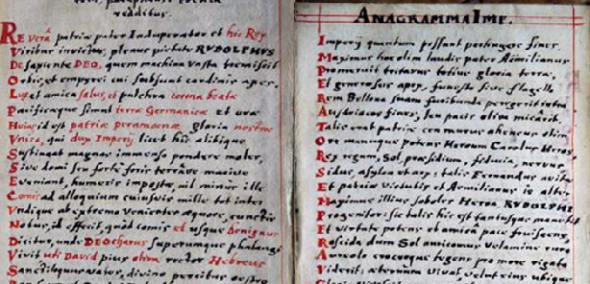
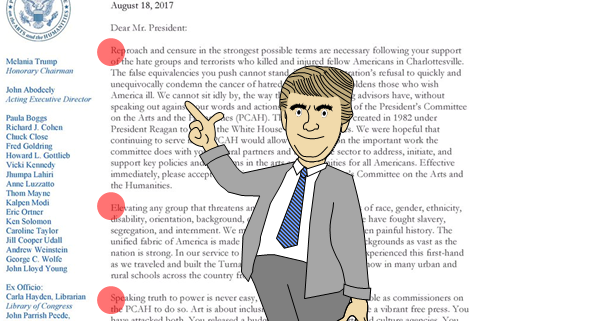
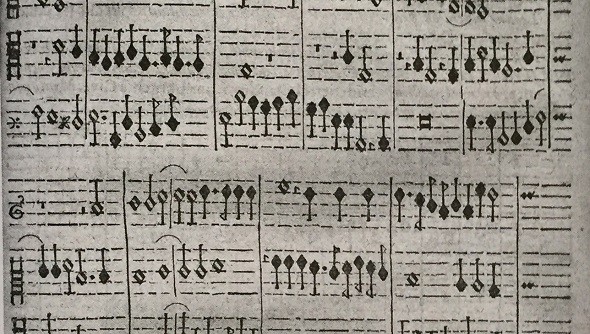
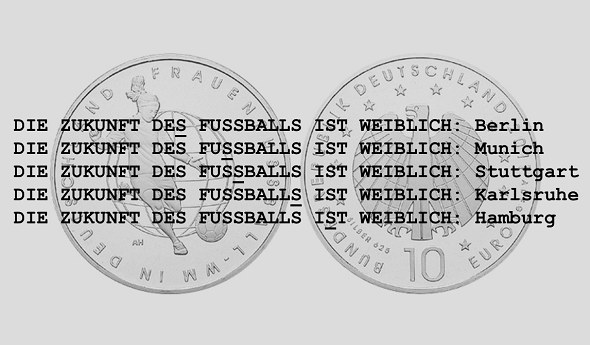
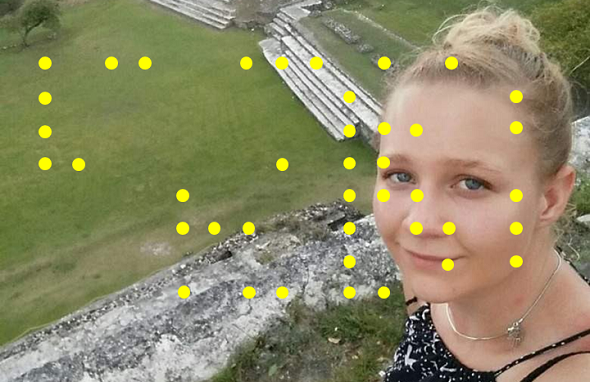
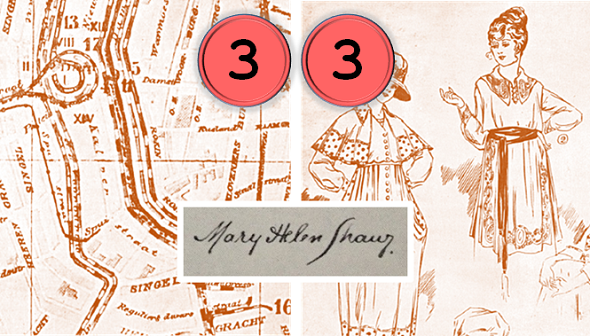
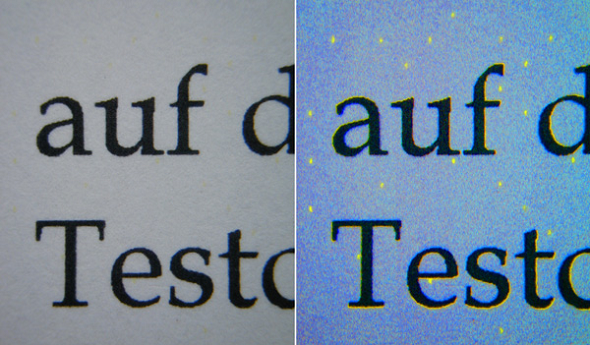
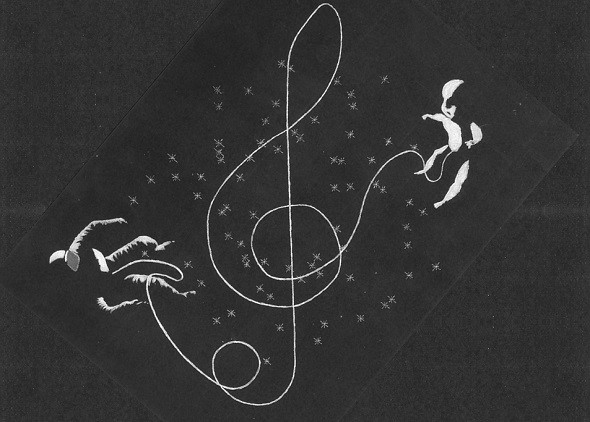
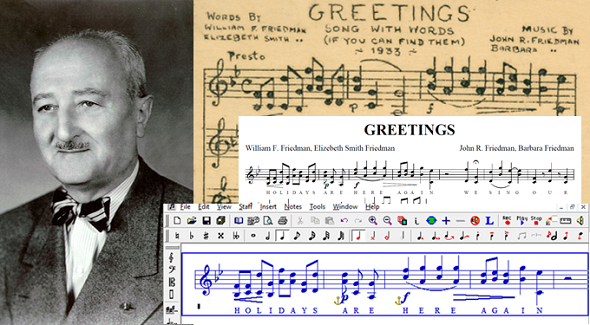
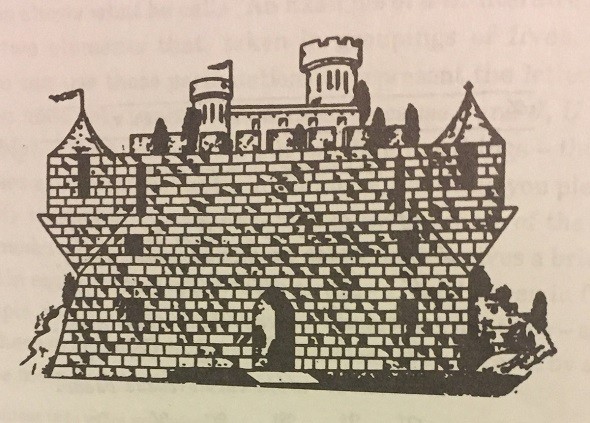

Letzte Kommentare